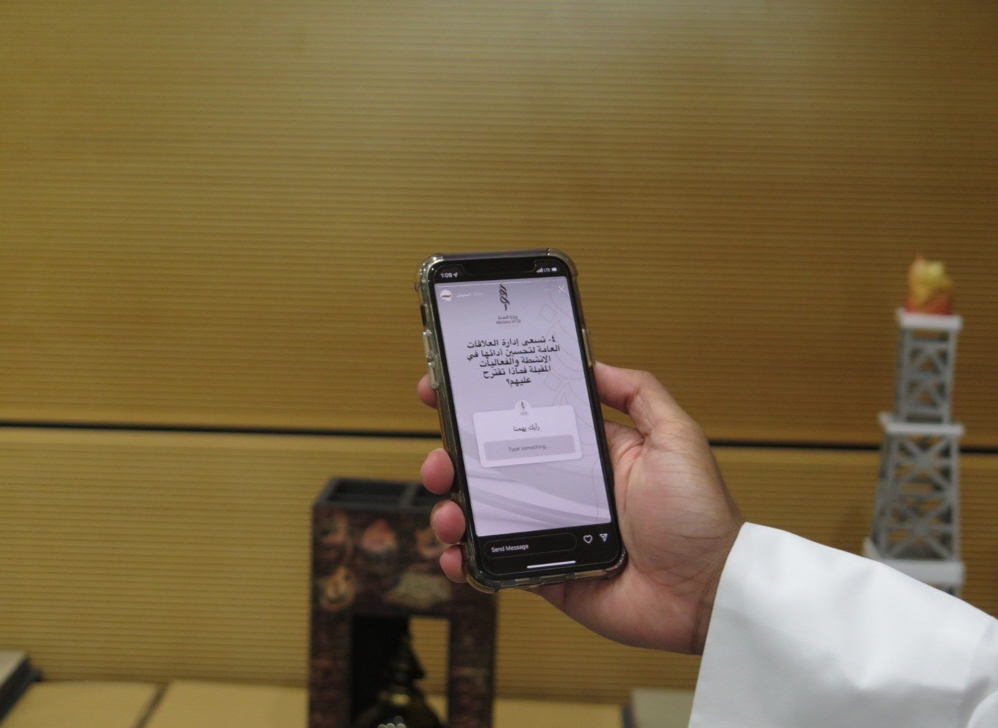Geographic location:
Kuwait is located at the northern end of the Arabian Gulf, which is bordered to the east by the Kingdom of Saudi Arabia to the south and southwest, and the north and northwest by the Republic of Iraq. It has an area of 17,818 square kilometers and nine islands, namely Failaka, Bubian, Maskan, Rabbah, Awah, Umm al-Maradim, Umm Al-Naml, Kubra, and Qaruh. Because of its historical status, Failaka Island is one of the most famous islands.
Religion:
Islam is the main religion of the State of Kuwait with full freedom for the follower's religions on the condition that the Islamic religion is not comprised.
Area:
square kilometers17,818
Kuwait climate:
A long hot summer and dry, running from April to October, with temperatures ranging between 28 and 50 degrees Celsius(C), the coldest winter months when the short period from December to February when the temperature ranges from 8 to 18 degrees Celsius.
Population:
The population of Kuwait is approximately 3,328,136 in 2007, of which 1,038,598 are citizens and the rest are foreigners and expatriates. The population growth rate is 6.5%, considered one of the highest in the world.
Origins of Kuwait:
the importance of the Arabian gulf and Kuwait in terms of history, or terms of international relations that extends back to ancient times. The territory of the present state of Kuwait was located within the Central Arab State of Kindha, which was established during the period from the third to the fifth century AD. Archaeological excavation, which was launched by the Danish mission on Failaka island in 1958, the antiquities found the existence of an ancient historical civilization in Kuwait, because the territory of the current state is connected from the west to the Arabian Peninsula, which is an integral part of it and its sea forms part of the coast of the Arabian Gulf and therefore its history in ancient and central Arabia is linked to the Arabian Peninsula and its inhabitants to the gulf region and the religion of Kuwait is Islam.
System of Government
Since independence, Kuwaitis have chosen democracy and shura as the basis for governance. A few months after the declaration of independence, Act No. 1 of 1962 was promulgated establishing the Constituent Assembly to draft a constitution that would define the system of government based on democratic principles. The elections were held on January 6, 1962. Twenty members of the Constituent Assembly were elected, and together with 11 ministers who constituted the executive branch drafted the Constitution of the State of Kuwait. The first written constitution in the region was adopted on November 11, 1962. The constitution includes five sections with 183 articles dealing with the state and the system of government, the basic elements of Kuwaiti society, public rights and duties, and public and temporary authorities and provisions.
The three authorities in Kuwait are:
- I. The legislative authority shall be embodied in the National Assembly elected by direct secret ballot. The Assembly shall consist of fifty members.
- II. Executive authority and the Presidency is vested in the Executive by Sovereign Order. Fifteen ministers are in addition to the prime minister.
- III. The judicial power is vested in the courts that issue judgments on behalf of the Amir. The judicial system appeared in 1959 before independence and before the birth of the Constitution. The judiciary in Kuwait is independent and no one interferes in its affairs. The judicial system consists of three levels: the ordinary courts, the Court of Appeal, and the Court of Cassation. The Constitutional Court exists to rule on the constitutionality of laws.





